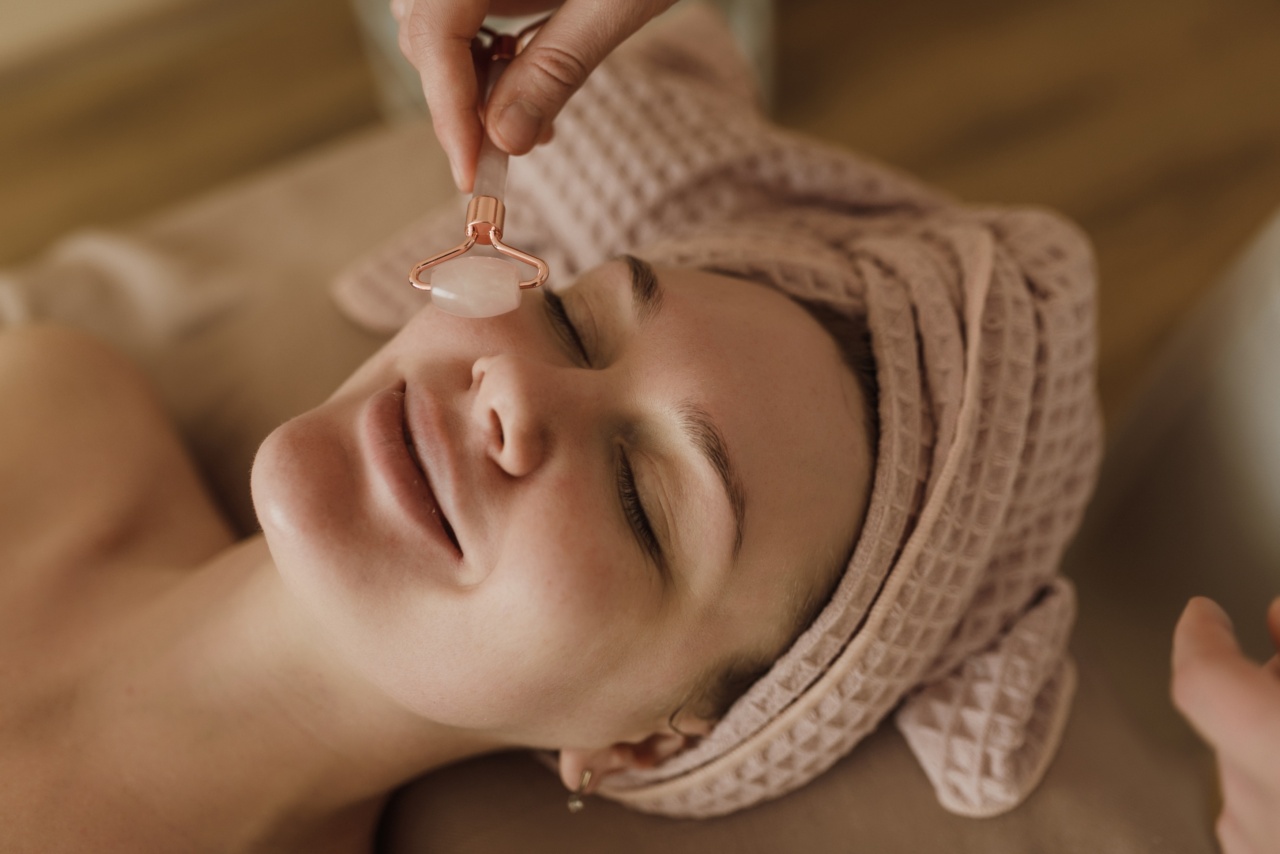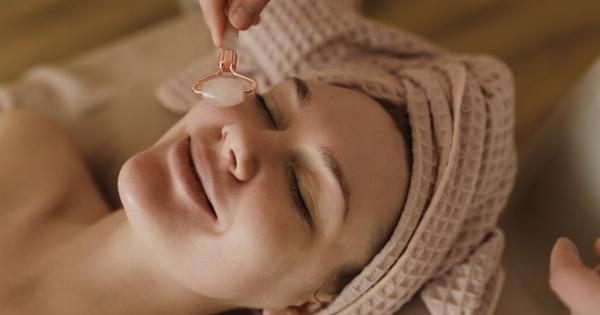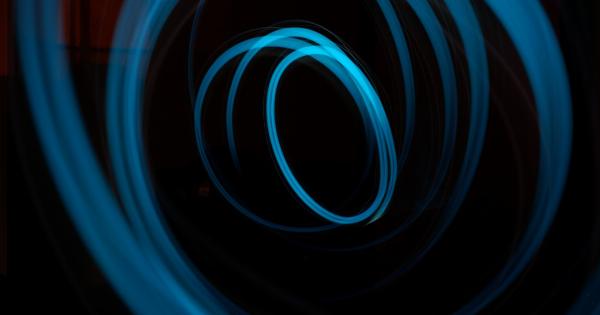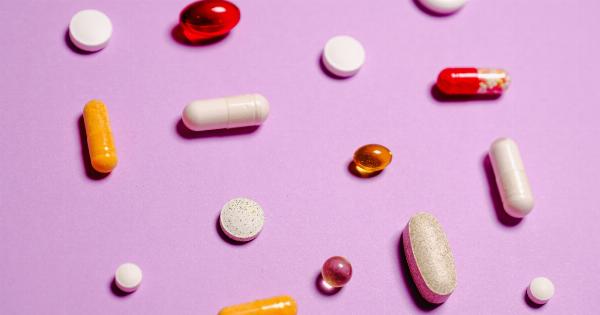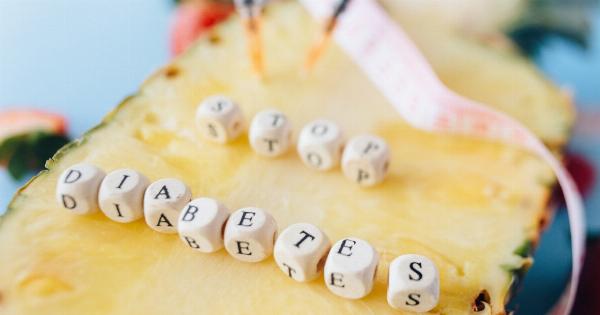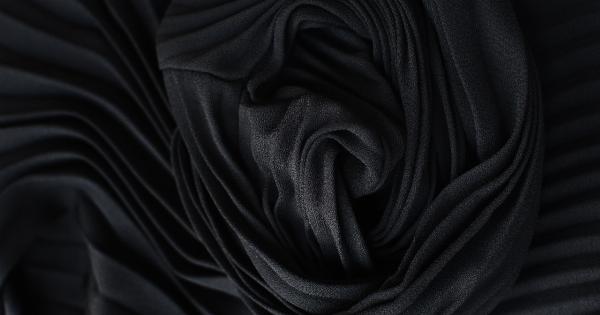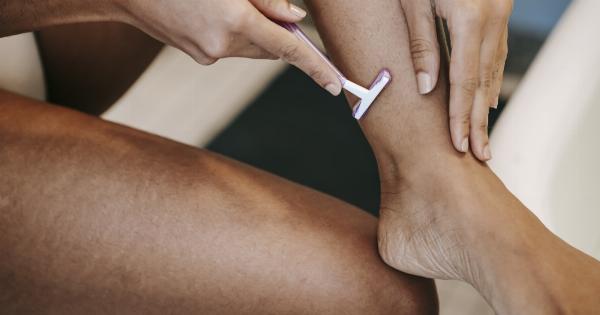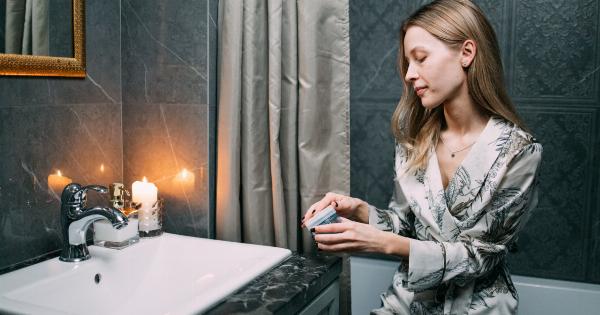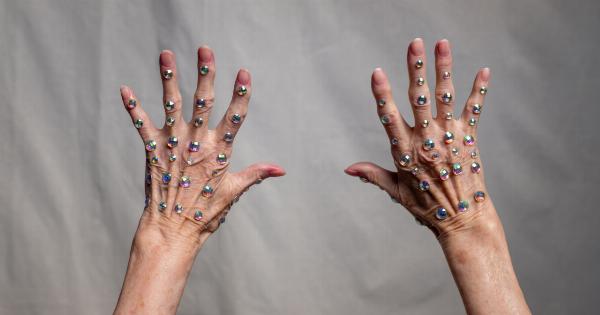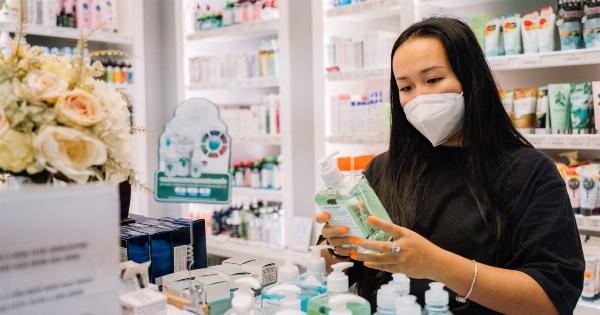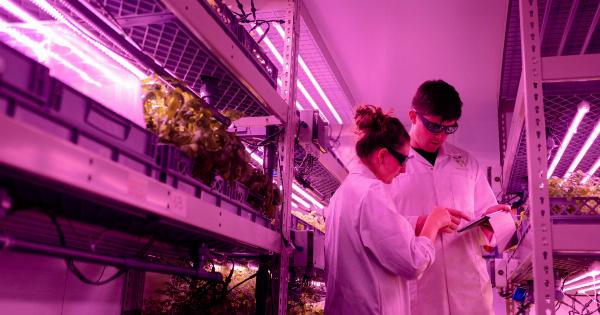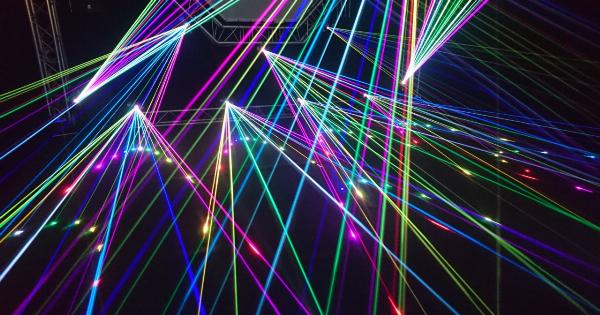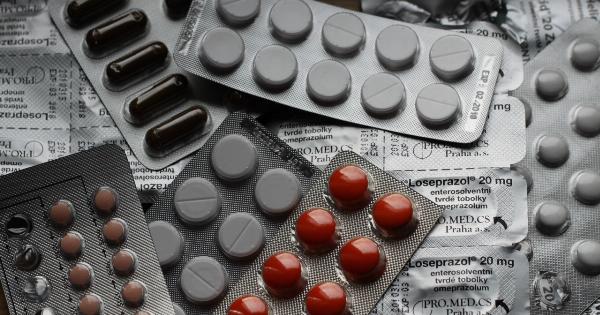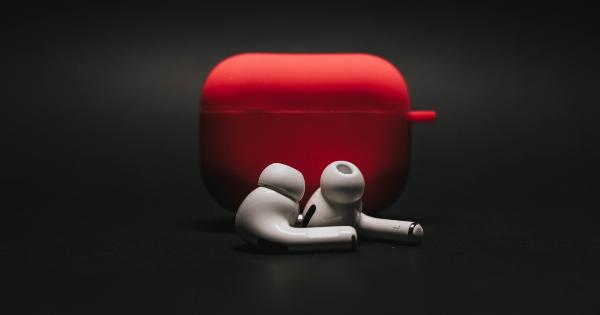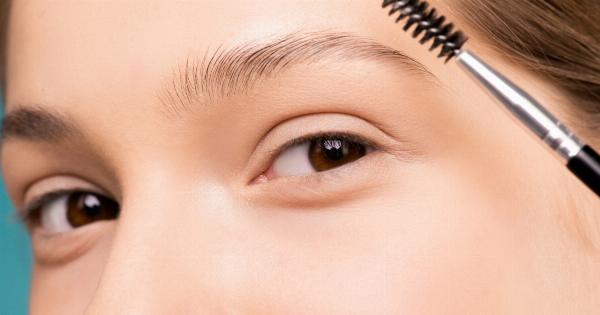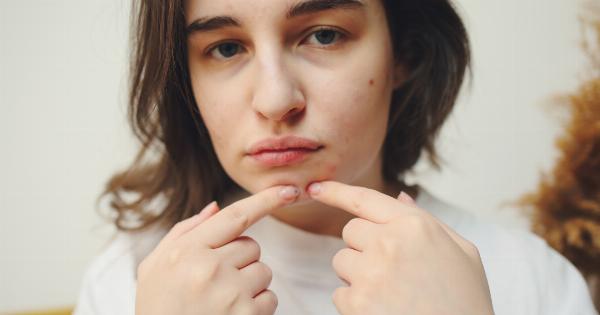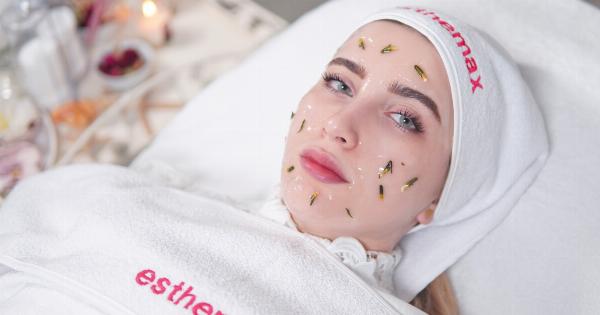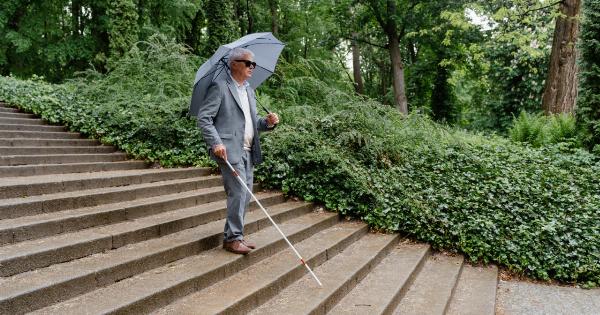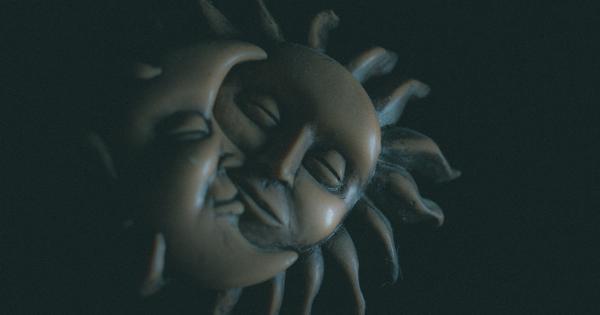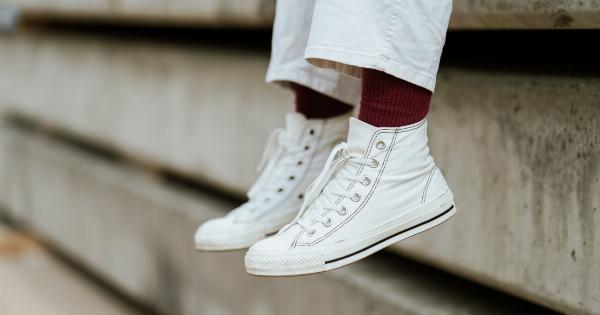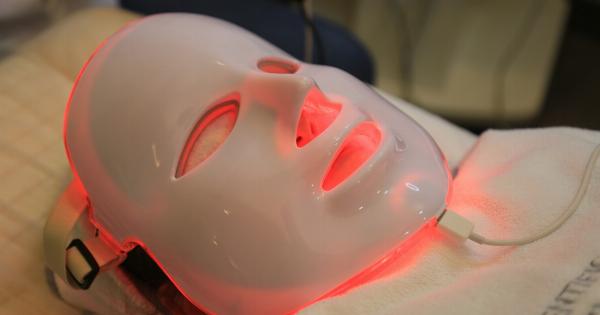As you get older, your skin changes. It may become drier, looser, thinner, or develop wrinkles. However, there are many treatments available that can help reduce the signs of aging.
In this guide, we will explore the most popular anti-aging treatments for the face.
Botox
Botox is a popular injectable treatment that works by blocking signals from the nerves to the muscles. This causes the muscles to relax, which can reduce the appearance of wrinkles caused by muscle contractions.
Botox is most effective on wrinkles in the upper face, such as frown lines, crow’s feet, and forehead lines. Results typically last three to four months.
Dermal Fillers
Dermal fillers are injectable treatments that can add volume to the face, smooth out wrinkles, and improve the appearance of scars. Some popular dermal fillers include Juvederm, Restylane, and Sculptra.
The results of dermal fillers can last from six months to a year or more, depending on the treatment and the patient’s skin.
Laser Therapy
Laser therapy is a cosmetic treatment that uses intense pulses of light to improve the appearance of the skin. It can target a range of skin concerns, including wrinkles, sun damage, and age spots.
There are several types of laser therapy, including ablative and non-ablative. Ablative lasers remove the top layer of skin, while non-ablative lasers do not. Recovery time depends on the type of laser used, but it is generally shorter for non-ablative treatments.
Chemical Peels
Chemical peels involve applying a chemical solution to the skin, which causes it to peel off and reveal new, smoother skin underneath. Chemical peels can be used to treat fine lines, sun damage, and acne scars.
There are several types of chemical peels, including superficial, medium, and deep. Recovery time and the results of the treatment depend on the type of peel used.
Microdermabrasion
Microdermabrasion is a minimally invasive treatment that involves removing the outermost layer of skin with a diamond-tipped wand or a stream of tiny crystals.
The treatment can improve the appearance of fine lines, acne scars, sun damage, and uneven skin tone. It is generally painless and requires no downtime.
Radiofrequency Therapy
Radiofrequency therapy involves delivering heat energy to the skin to stimulate collagen production. Collagen is a protein that helps support the skin and keep it looking smooth and youthful.
Radiofrequency therapy can be used to tighten loose skin, reduce the appearance of wrinkles, and improve skin texture. The treatment is non-invasive and has little to no downtime.
Ultrasound Therapy
Ultrasound therapy uses sound waves to stimulate collagen production and tighten the skin. It can be used to treat wrinkles and sagging skin on the face and neck. Ultrasound therapy is non-invasive and has no downtime.
Cryotherapy
Cryotherapy is a treatment that involves exposing the skin to extremely cold temperatures. This can stimulate collagen production and tighten the skin, reducing the appearance of wrinkles.
Cryotherapy can also be used to reduce puffiness and dark circles under the eyes. The treatment is non-invasive and has little to no downtime.
Facial Massage
Facial massage involves massaging the skin on the face to stimulate blood flow and improve the appearance of wrinkles. The treatment can also help reduce puffiness and stimulate lymphatic drainage. Facial massage can be done at home or by a professional.
Retinoids
Retinoids are a type of vitamin-A derivative that can help improve the appearance of fine lines, wrinkles, and other signs of aging. They work by stimulating collagen production and increasing cell turnover.
Retinoids are available in both prescription and over-the-counter formulations.
